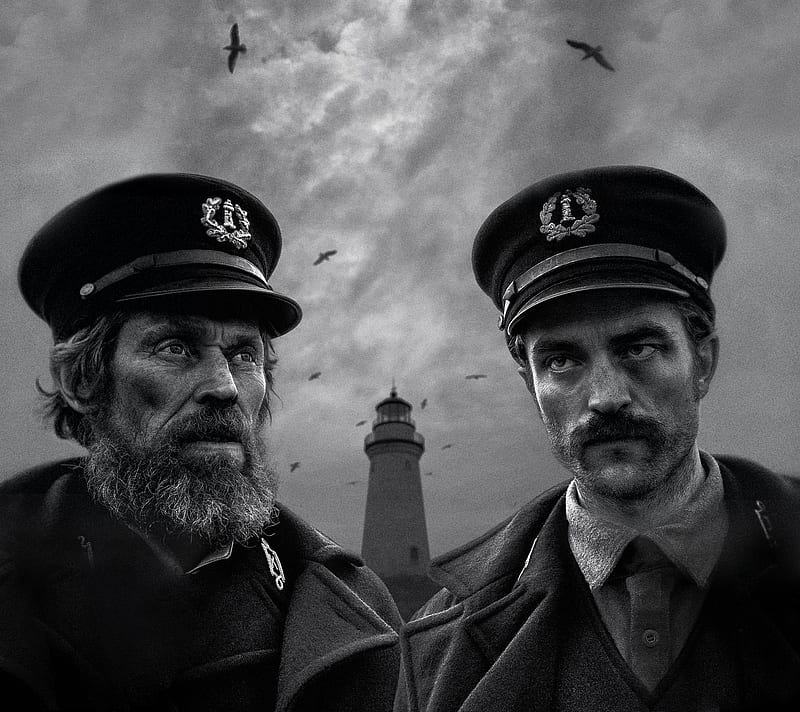
“He was happy about that.Director Robert Eggers’ THE LIGHTHOUSE has yet to be officially released, but tales about what’s in the film and what happened on set have been circulating online for a few months now since its auspicious Cannes debut early this year. “I was doing ADR with Rob and he was like, ‘My god, I look like I’m 50 years old,’” recalls Eggers. The older lenses, for example, brought out new textures in the faces of Dafoe and Pattinson. The results astonished much of the cast and crew. With this film, like everything that I’ve written or tried to write, the atmosphere comes first.” And I also like transporting an audience to another time and place. You’re not inventing things, you have clear goals. “I like striving for the best interpretation of historical accuracy because I feel like that is a very high bar for all of my collaborators to reach,” Eggers said. So he plunged, again, into fiction and nonfiction period sources and dictionaries “of strange origins.” While a bigger budget than “The Witch,” the scale was still small, allowing the 35-year-old New Hampshire-native filmmaker complete artistic control - a major factor for Eggers ultimately choosing “The Lighthouse” as his second movie, he says. “I came across a real account of two lighthouse keepers that had the same name, one older and one young, and that inspired the idea of this two-hander about identity that could evolve into something mythological.” “I started researching and decided that I would make mine a period story, unsurprisingly,” Eggers said. Robert took it in a different direction that, given his deeply researched “The Witch” (which was written in period dialect), inevitably turned toward the past. A24 is expected to release it in theaters later this year.Īfter “The Witch,” Eggers spent a few years developing larger projects, including remake of 1922 “Nosferatu.” But when those stalled, he turned to a contemporary story that his brother, Max Eggers, had begun about a ghost in a lighthouse.

Critics received it in Cannes as one of the festival’s certain highlights. There’s not too many movies or parts where you can really let fly with your body without looking completely ridiculous and out of place.”įeverish and funny, bleak and bone-chilling, “The Lighthouse” is a unique and darkly comic gothic nightmare. “Because of the nature of the story, you could really push the physicality. “Even the simplest things I was doing, like pushing a wheelbarrow around, it’s impossible,” Pattinson said.

Pattinson recalled filming a scene in which he runs over jagged rock in period-appropriate shoes as “one of the more terrifying things I’ve ever done in my life.” When asked by an audience member after the movie’s first screening if any animals were hurt during the production (some seagulls have a rough go of it), Dafoe laughed and gestured at himself and his co-star. At times, the wind was so loud that you can’t hear the person five feet away from you.” But the wind on this rock was relentless. Filmmakers and actors complaining about suffering, but, I mean, that’s part of what’s exciting about this. Eggers built a 70-foot (20-meter) lighthouse with a working beam that, he proudly said in an interview before the movie’s premiere, could shine for 16 miles (25 kilometers).

Filmed on a desolate spit of volcanic rock on the southern edge of Nova Scotia, “The Lighthouse” has already developed the stuff of legend as an audacious and harsh on-location production. Eggers shot it in black-and-white, on 35mm, in a nearly square format and through early 20th-century lenses.


 0 kommentar(er)
0 kommentar(er)
